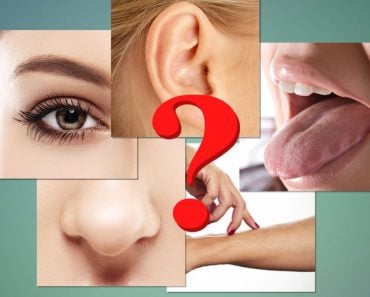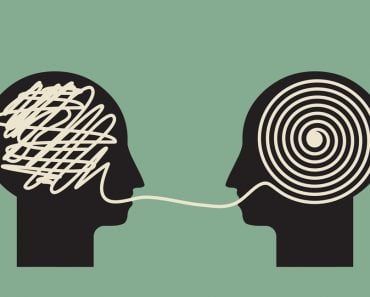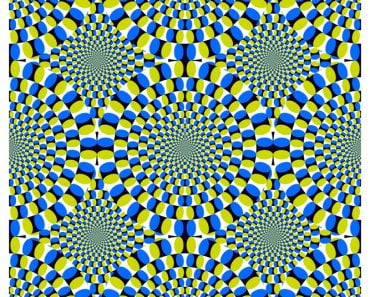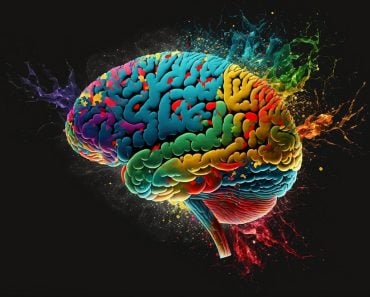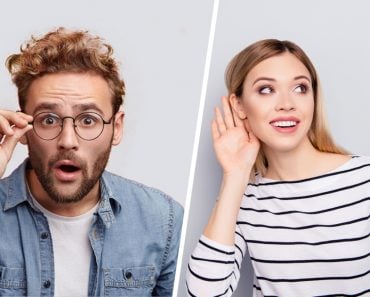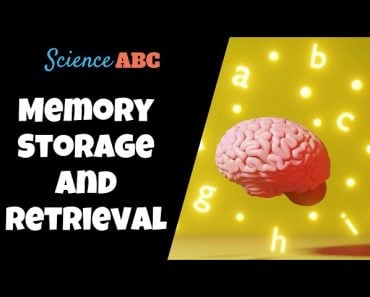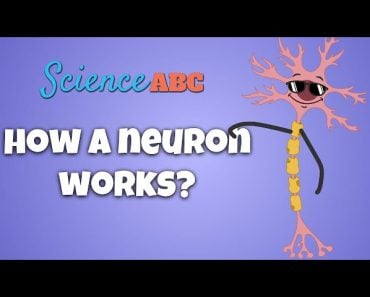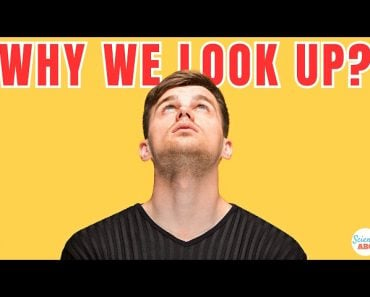Table of Contents (click to expand)
Some people claim to not only see colors, but also hear them. Various other sensory overlaps have also been recorded that fall within a fascinating cognitive condition called Synesthesia.
Our senses are the windows to the world, and all of our experiences can be distilled into the sum of different sensations. To be clear, a sensation occurs due to the stimulation of a sensory organ.
We know that we have 5 sensory organs: vision, hearing, touch, smell and taste. Sensory perception occurs when an external stimulus triggers a sense organ; that stimulation is then carried to the brain, where it gets processed and helps in forming a perception. Let’s start by considering vision. When we see color, it is because light from a source hits that object and is reflected into our eyes. Our retina catches the information and sends it to the brain, where it is processed, forming the perception of the color we see.
However, not everyone is wired in this way. Some people claim to not only see colors, but also hear them! This phenomenon of crisscrossed senses is synesthesia. It is a perceptual phenomenon, in which the stimulation of one sensory or cognitive pathway leads to an involuntary experience in another sensory or cognitive pathway.
Recommended Video for you:
Various Types Of Synesthesia
All types of synesthesia can be broadly categorized into two forms. One of them is better understood than the others—projective synesthesia. This variation defines people who actually see colors, forms or shapes when an unrelated sensory organ is stimulated. Another form is associative synesthesia, when people feel a connection between a stimulus and its trigger. Let’s take a closer look at the various types of this condition we know about.
Grapheme-color Synesthesia
This is one of the most common forms of synesthesia. Individual letters of alphabets and numbers are perceived as being shaded or tinged in color. A letter carries a corresponding color that gets attributed to it and is seen whenever that letter appears.
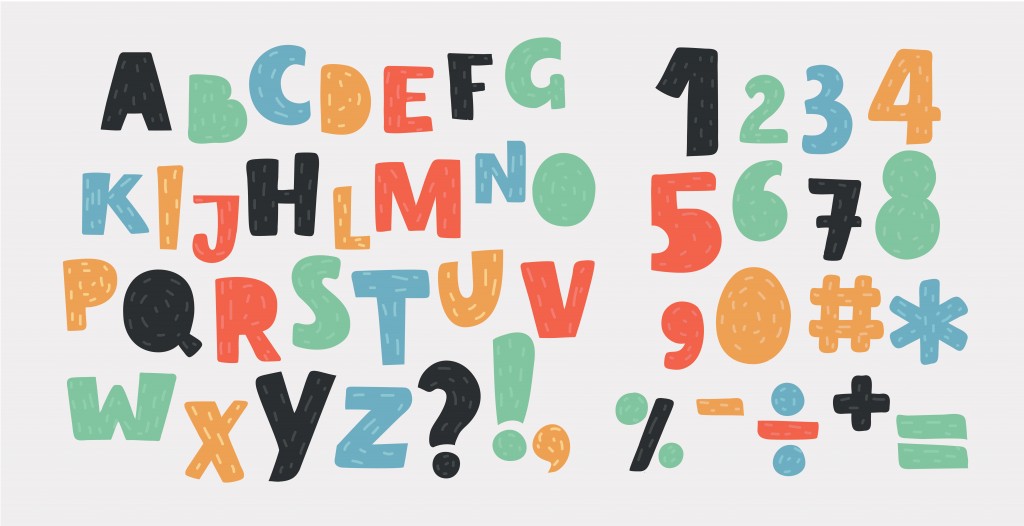
Ordinal Linguistic Personification
Do you think that the number 7 looks like a cunning man conspiring against someone, or does the number 8 remind you of your obese aunt who always gets you presents? If you have this sort of reaction or sensation, you probably have ordinal linguistic personification. People assign genders to individual numbers in this way, even to the point of giving them complete personalities and character traits.
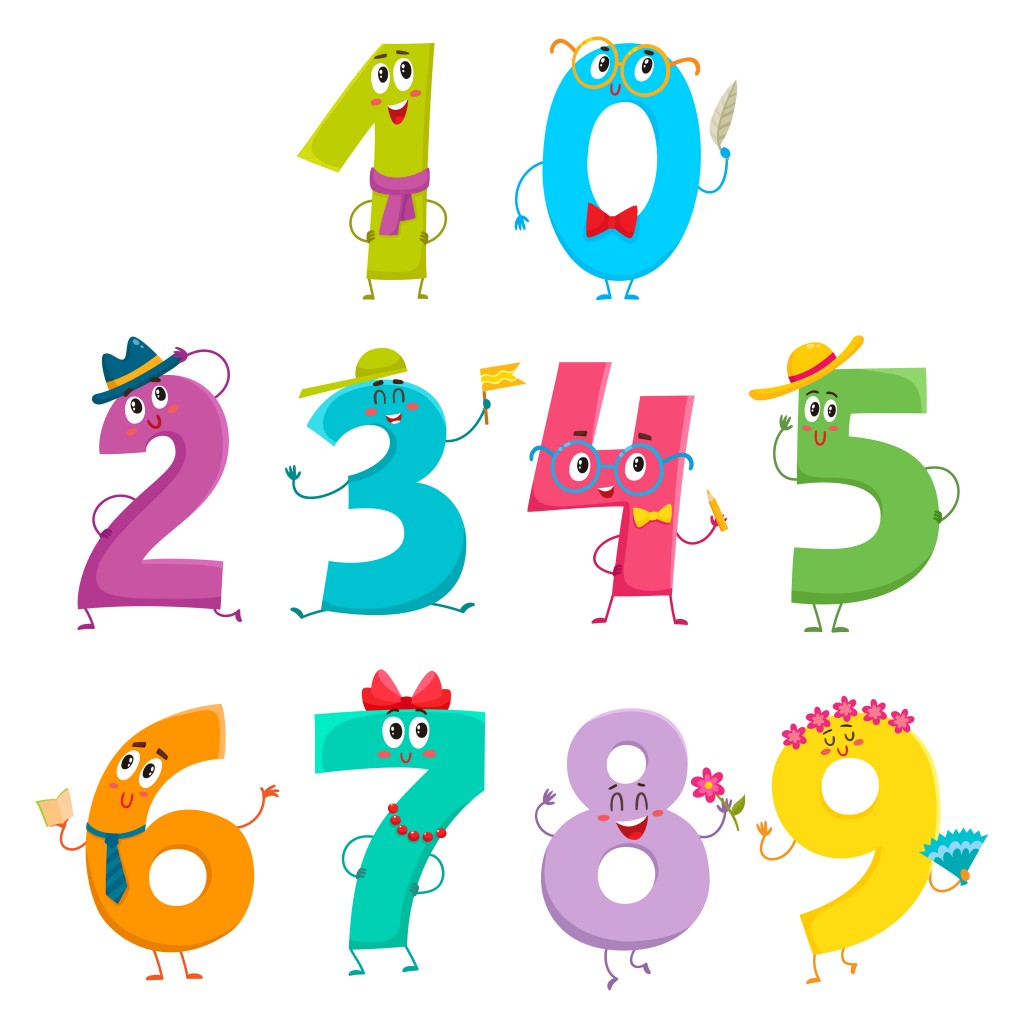
Spatial Sequence Synesthesia
This type may be the least believable on the list. People diagnosed with this type of synesthesia tend to see numerical sequences as points in space. Accounts have been recorded where people detail a clock that they associate in their physical space. This is similar to how we count which months have 30 or 31 days on our knuckles, but in a much bigger way!
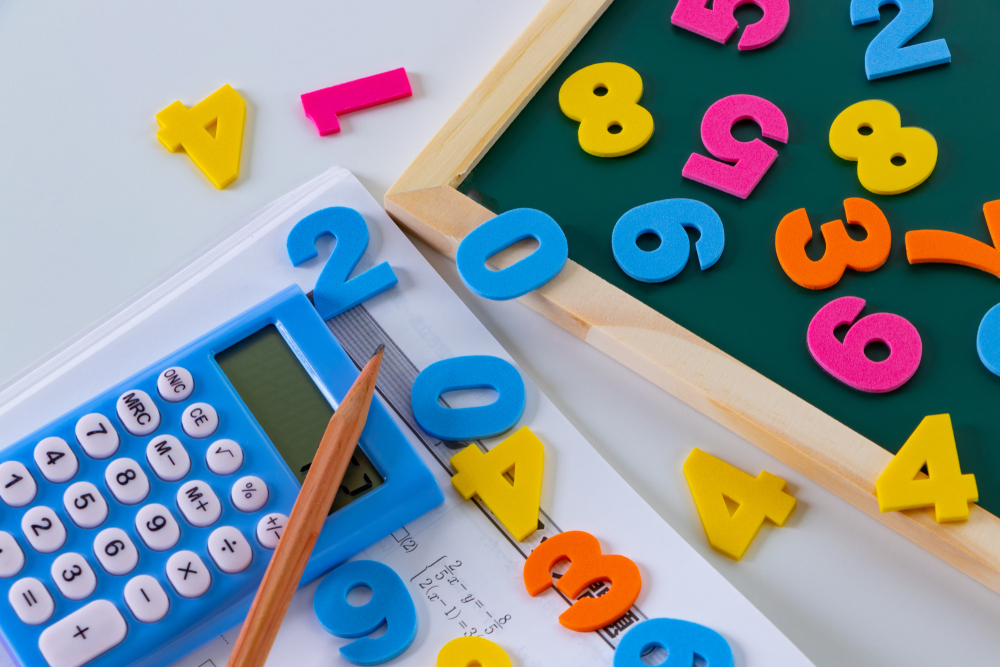
Chromesthesia
In this type of synesthesia, people associate sound or music with different colors. This could be the opening of a door, the barking of a dog or Beethoven’s Moonlight Sonata; all of those sounds would be associated with a different color. This could range from specific music notes, like B Flat being orange, to entire songs generated by a particular color.
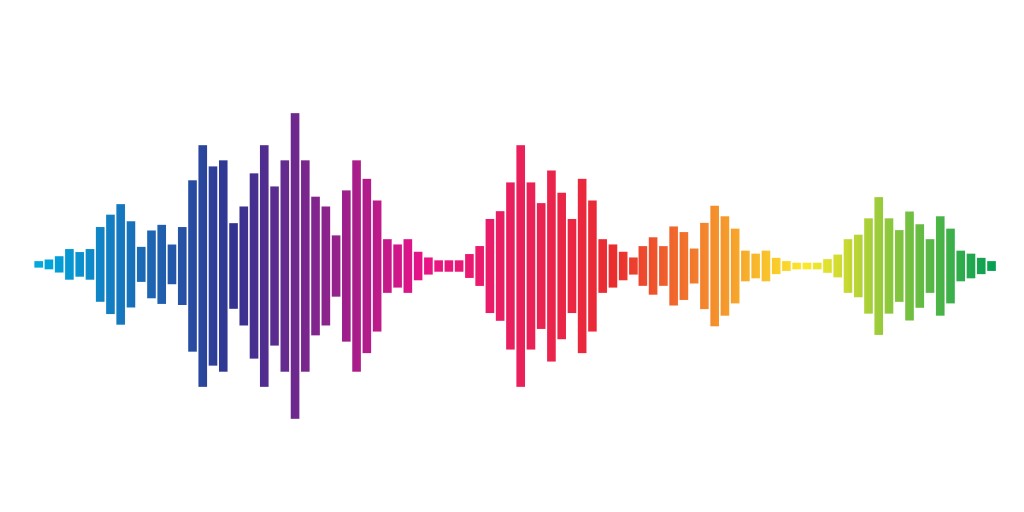
Lexical-gustatory Synesthesia
The memory of tastes are invoked when a specific word is said in this type of synesthesia. The person also feels other experiences in the mouth, such as pressure and temperature in response to certain or all linguistic triggers. For example, the word “Jail” could make the person taste cold, hard bacon. These tastes are caused by an inducer/concurrent complex. The inducer (“Jail”) is the stimulus that activates the sensation, while the taste (cold, hard bacon) is the concurrent.
Misophonia
This type of synesthesia is actually a neurological disorder. People experience negative emotions, such as anger or depression, when they hear specific sounds. This could specifically trigger sounds that may generate a state of anxiety or discomfort to the person. The closest similarity is that uncomfortable feeling when someone scratches their fingernails on a chalkboard.
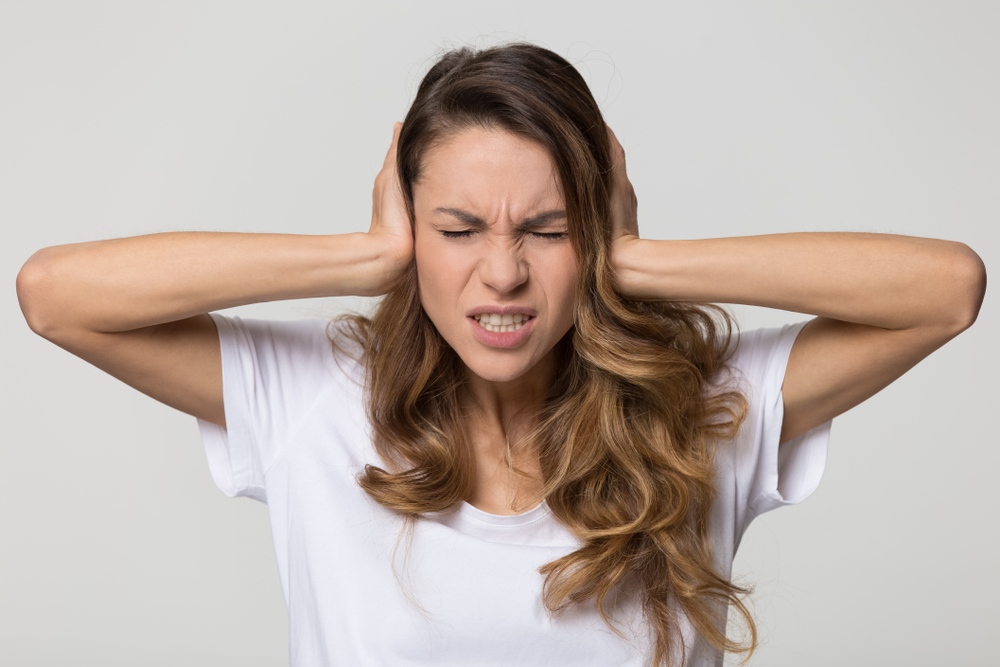
Mirror-touch Synesthesia
This is the rarest of al synesthesia types. The person having this feels the same touch another person feels. For example, if they observe a person’s head being stroked, they will feel the same sensation in their own head. This type is linked to mirror neurons in the motor areas of the brain, and is also related to very high levels of empathy in people.
Auditory-tactile Synesthesia
Certain sounds can induce sensations in parts of the body when a person is diagnosed with this type. Hearing specific words can produce feelings of touch on specific parts of the body that are not actually being touched. This is similar to when you get goosebumps after that epic beat drop in your favorite song.
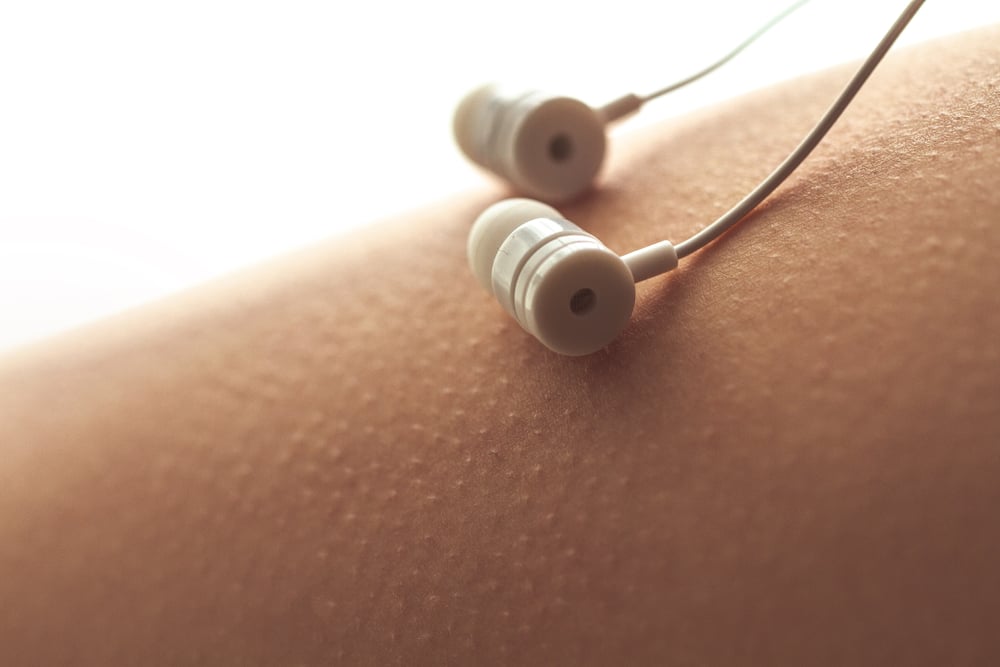
Other Forms
There are at least 80 different types of synesthesia, and many people with these conditions go undiagnosed their entire lives. Synesthesia is often seen as a medical or neurological condition, but many of those who are diagnosed do not consider it to be an illness. Nevertheless, this is a fascinating neurological aberration, and one about which very little is concretely understood. Even so, let’s look at some scientific explanations of this phenomenon.
Why Does Synesthesia Occur?
There is no concrete neurological theory that is universally accepted for the origins of synesthesia. However, there are theories that manage to give some insight into the inner workings of the brain that could bring about a synesthetic experience.
Cross-Activation Theory
As the name suggests, this theory argues that synesthesia occurs when neural connections between two sensory modalities are increased. This occurs when the areas where two senses are processed are in close proximity in the brain, resulting in an overlap. The neurons from the receiving sense get excited and are passed over to the other sense, causing the dual perceptions. The theory hypothesizes that the synesthete’s (the person with synesthesia) brain is anatomically different than a non-synesthete’s brain as a result of these hyper-connections.
Disinhibited Feedback Theory
This is the opposite of the cross-activation theory. Whereas the cross-activation theory suggests that the synesthete’s brain is anatomically different than a non-synesthete’s brain, this theory states that there is nothing wrong with the anatomy of the brain; instead, synesthetic sensations arise due to disinhibited feedback. Usually, inputs from multiple regions are processed together in a central processing area so that the information binds together. An error in the central processing center could lead to unwanted feedback being sent to the area where the input was not initiated.
Genetics
A familial trend has been observed in synesthesia, meaning that the chances of it occurring in the same family are much higher. A person with one form of synesthesia is likely to have another form, as the genes would be expressed throughout the whole brain and potentially affect multiple modalities.
There isn’t a consensus on the theories outlined above. Advancements in gene mapping, as well as a better understanding of the brain structure and neural pathways in the future, could uncover the origins of synesthesia—one of the most mysterious and intriguing phenomena in our species!
References (click to expand)
- Colizoli, O., Murre, J. M. J., & Rouw, R. (2013). A taste for words and sounds: a case of lexical-gustatory and sound-gustatory synesthesia. Frontiers in Psychology. Frontiers Media SA.
- Neuroscience for Kids - Synesthesia - faculty.washington.edu
- Causes of Synesthesia | Exploring Neural Pathways. synesthesiatest.org
- Carpenter, S. Everyday fantasia: The world of synesthesia [Electronic resource]. American Psychological Association.–2001

